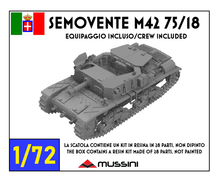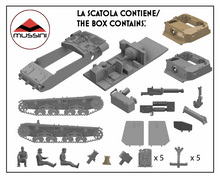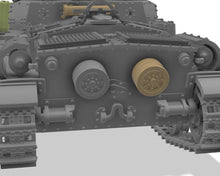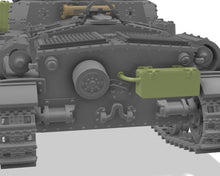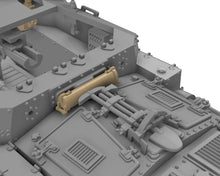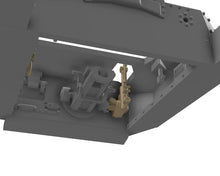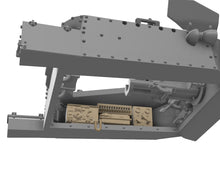
Il Semovente M42 da 75/18 fu la naturale innovazione del veicolo che aveva suscitato impressioni positive per il suo impiego in Africa settentrionale. Sia l'M40 che l'M41, questo prodotto in maggior numero di esemplari, avevano rivelato di essere degli avversari temibili per i carristi inglesi, molto più degli ormai superati M13 ed M14. Al punto che i vertici militari decisero di invertire i rapporti di produzione, dando priorità ai Semoventi rispetto ai carri medi. Così, quando, dopo lunga gestazione, venne iniziata la produzione della variante potenziata del carro medio, l'M15/42, con canna allungata da 47/40 e motore a benzina più performante, si decise subito di adottare la medesima variante anche per il Semovente.
I tempi lunghi della burocrazia e dell'industria italiana del tempo non permisero però nè all'M15, che giungeva ai reparti quando ormai era un carro ampiamente sorpassato ed inadatto a fronteggiare inglesi e americani, nè all'M42, di partecipare agli scontri non solo in Africa, ma pure a quelli della campagna di Sicilia.
L'M42 venne distribuito ai reparti a partire dal maggio 1943 e il suo battesimo del fuoco lo ebbe l'8 settembre, combattendo contro gli ex-alleati tedeschi nella battaglia per la difesa di Roma. A seguito della resa delle truppe italiane, tutti gli M42 vennero incorporati nei reparti della Wehrmacht. Alcuni esemplari vennero in seguito restituiti per andare a formare i reparti corazzati delle unità della Repubblica Sociale Italiana, come il Gruppo squadroni corazzato "San Giusto". Circa una sessantina di M42 sopravvissero alla guerra, vennero riparati e rimessi in sesto per equipaggiare le forze del rinato esercito italiano, in attesa di ricevere i carri armati americani Patton.
Nelle confezioni Mussini c'è un kit in resina stampato in 3d a 12k di risoluzione, per montare un Semovente M42 in scala 1/72 completo della riproduzione della camera di combattimento. Sono inclusi i tre uomini dell'equipaggio.
The Semovente M42 75/18 was the natural evolution of a vehicle that had left a positive impression due to its deployment in North Africa. Both the M40 and the M41—produced in larger quantities—had proven to be formidable opponents for British tank crews, far superior to the now-outdated M13 and M14. This led military leaders to reverse production priorities, giving precedence to the Semoventi over medium tanks. Thus, when production finally began on the upgraded version of the medium tank, the M15/42, with an extended 47/40 barrel and a more powerful gasoline engine, it was immediately decided to apply the same upgrades to the Semovente.
However, the lengthy processes within Italian bureaucracy and industry at the time prevented both the M15—which arrived at the front lines as an outdated tank unsuited to facing British and American forces—and the M42 from participating in battles not only in Africa but also in the Sicilian campaign.
The M42 was distributed to units starting in May 1943 and saw its first combat on September 8, fighting against former German allies in the battle to defend Rome. Following the surrender of Italian troops, all M42 units were incorporated into the Wehrmacht. Some units were later returned to form the armored divisions of the Italian Social Republic, such as the "San Giusto" Armored Squadron Group. Around sixty M42s survived the war, were repaired, and refurbished to equip the forces of the reborn Italian army while awaiting American Patton tanks.
Mussini kits include a 3D-printed resin model at 12k resolution to assemble a 1/72 scale Semovente M42 complete with a replica of the combat chamber. The kit includes the three crew members.







